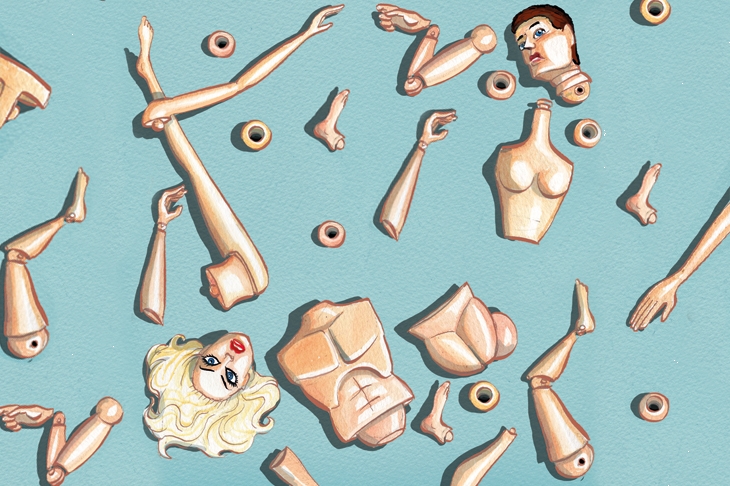Your 13-year-old daughter tells a teacher that’s she’s uncomfortable with her body. She prefers trousers to skirts, football to ballet. She says she thinks she’s a he and wants to be treated as a boy at school. Would the teacher tell you your daughter wants to change gender?
Your 11-year-old granddaughter comes home from school upset. Changing after gym, another girl stood watching her undress and playing with her penis. (The girl in question is transgender, so yes, she has a penis.) When your family complains to the school, what happens?
In the first case, no, the teacher wouldn’t tell you. ‘All people, including children and young people, have a right to privacy… Staff should not disclose information that may reveal a pupil’s trans status to others, including parents.’ In the second, it’s not the girl with a penis who has a problem, it’s the girl without one. She and her parents have wrongly assumed the child with the penis is ‘not a real girl’. That error should be ‘challenged through training and awareness raising’ so your granddaughter is comfortable with her classmate.
These cases are real. So are the responses, which come from the Allsorts Trans Inclusion Schools Toolkit, guidelines for school staff developed with Brighton and Hove City Council and used, in different forms, by several dozen councils in England and Wales. It is unsurprising that schools want guidance on how to deal with children describing themselves as transgender, since more and more seem to be doing so.
Why? Is it about tolerance: as society becomes more understanding, more trans people feel able to ‘come out’? Could the internet be accelerating ‘social contagion’, where the idea of being transgender spreads rapidly?
What explains the disproportionate number of girls (child ‘assigned female at birth’, to use the approved term) who are starting a journey that can lead to hormone treatment, then binding and ultimately removing their breasts? Is it possible that this is simply part of a wider crisis of mental health among girls?
I don’t know, and neither do the doctors and scientists who study this issue.








Comments
Join the debate for just £1 a month
Be part of the conversation with other Spectator readers by getting your first three months for £3.
UNLOCK ACCESS Just £1 a monthAlready a subscriber? Log in